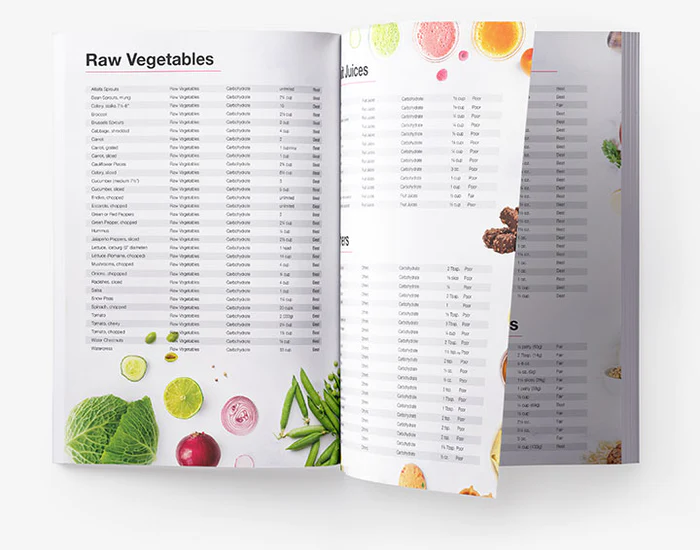Fruits and vegetables pack a nutrient punch, but the key to their nutrition is not only vitamins and minerals but also the polyphenols they contain. Polyphenols are naturally occurring compounds in plants that are produced for their self-protection against the sun and disease. They have antioxidant and anti-inflammatory properties so the greater our consumption, the more health benefits we stand to gain. Here I’ll break down what each color has to offer, but the main thing to remember is to aim for a rainbow of colors in your diet so you can reap all their benefits.
Red:
Examples: Tomatoes, strawberries, raspberries, red peppers, apples
The pigments lycopene and anthocyanins give this group its bright red color. Lycopene is an antioxidant that has been linked to reducing certain cancers. Unlike other fruits and vegetables, cooking foods rich in lycopene, like tomatoes, actually enhances its activity. Anthocyanins are known for the powerful antioxidants they produce and can help protect our cells from damage.
Yellow/Orange:
Examples: Carrots, apricots, oranges, yellow peppers
Carotenoids are responsible for the yellow/orange color in this group. The carotenoid beta-carotene can be converted into vitamin A ,which helps promote eye health. Other benefits to consuming this group is that it’s been linked to a reduced risk of certain cancers, heart disease, and improved immune function. This group is also rich in vitamin C, vitamin A, and folate.
Green:
Examples: Brussel sprouts, broccoli, cabbage, asparagus, spinach
Chlorophyll is responsible for the deep-green color in this group. The primary polyphenols include isothiocyanates and indoles, which are found primarily in cruciferous vegetables like broccoli and cabbage and are known for their anti-cancer properties. Leafy green vegetables are rich in lutein, which is known for its role in eye health and helping to protect against age-related macular degeneration. This group is also rich in vitamin K, folic acid, potassium, and carotenoids.
Blue/Purple:
Examples: Blueberries, maqui berries, blackberries, eggplant
Just like the red group, anthocyanins are responsible for this group’s color too. The darker the color, the higher the concentration of polyphenols. The most potent of the anthocyanins are called delphinidins. Currently, the maqui berry is the richest known natural source of delphinidins to date. Anthocyanins are powerful antioxidants that may reduce the risk for cancer, stroke, and heart disease. Increased consumption of berries, especially blueberries, has been associated with improved memory and healthy aging.
White:
Examples: Garlic, onions, cauliflower, mushrooms
This may be one exception to where eating white foods can actually be beneficial to your health. Anthoxanthins are the pigments that result in this group’s white color. They contain a chemical named allicin, which may lower cholesterol and blood pressure and may help reduce stomach cancer and heart disease. This group also contains some potassium rich foods and did you know that mushrooms exposed to sunlight can be a good source of Vitamin D2 too?
References:
- Fruits and Veggies Matter More. Available at: http://www.fruitsandveggiesmorematters.org/taste-a-rainbow-of-fruits-and-veggies. Accessed: 6/2/15.
- What Color is in Your Food. Available at: http://www.ag.ndsu.edu/pubs/yf/foods/fn595.pdf.
Accessed: 6/3/15. - Schaeffer J. Color Me Healthy- Eating for a Rainbox of Benefits. Today’s Dietitian. Vol 10 No. 11 P. 34.
Vitamin D in Mushrooms. Available at: http://www.ars.usda.gov/SP2UserFiles/Place/80400525/Articles/AICR09_Mushroom_VitD.pdf. Accessed: 6/3/15.







Let Us Know What You Thought about this Post.
Put your Comment Below.